
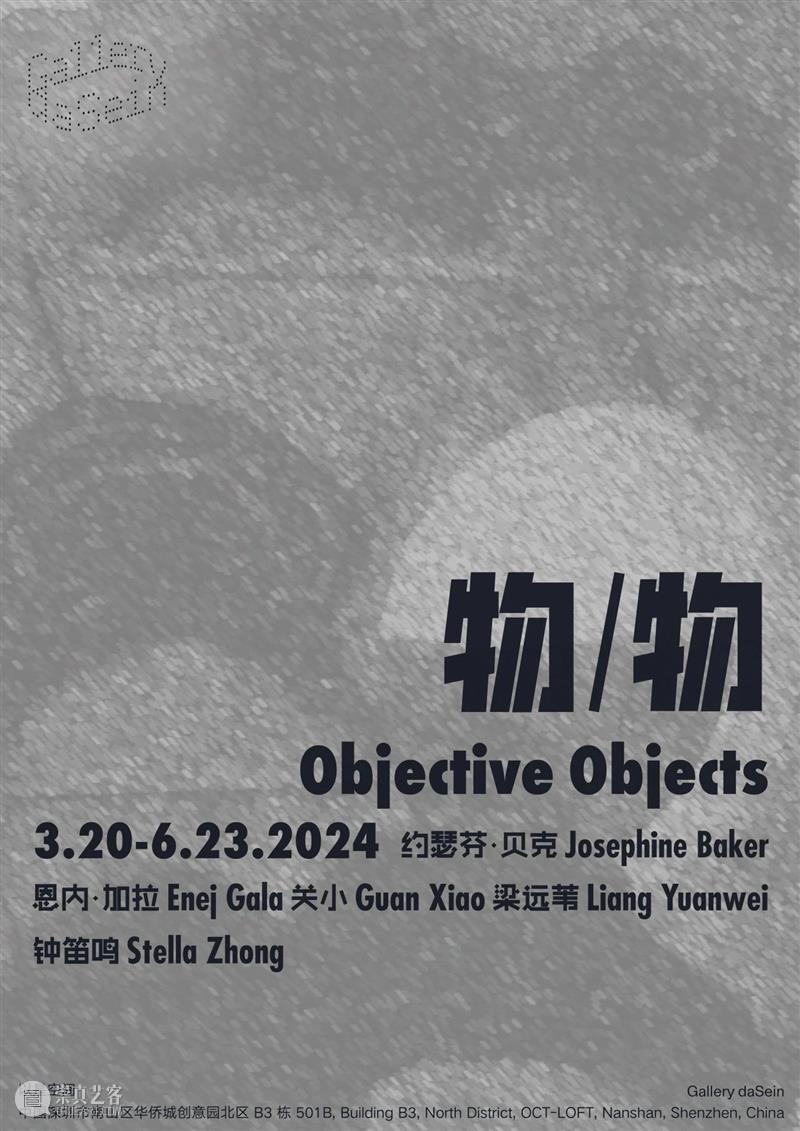
Gallery daSein is greatly honored to present the group exhibition “Objective Objects” with artists Josephine Baker, Enej Gala, Guan Xiao, Liang Yuanwei and Stella Zhong.
The exhibition will open on March 20th, 15:00 and will run until June 23rd, 2024.
//
“…by electrons, x-rays, rocks, flowers, icicles, comets, and animals, as well as by musicians, scientists, copper mines, monasteries, and bombs. These stock characters scattered across the planet cannot help but affect each other: they enjoy or fear, block or destroy one another. “
— Graham Harman
If the world was a theatre populated with countless objects, some of these objects are invariably performative, complex, and full of possibilities through the course of human cultivation and creation. Whether they are natural or artificial, anthropomorphic or non-anthropomorphic, they are all what Bruno Latour calls “actors/actants”, collectively involved in the weaving of a colossal network. Yet, amidst the process of constructing systems in aesthetics, production, cultural memory and historical changes, there are particular concepts, behaviours and intentions obscured within the interrelationship between objects in the East and the West.
Nature as objects — Pliny the Elder’s definition of Natural History generally refers to the characteristics and traits of things, classifying an objective natural world distinct from human beings through observing the growth and forms of plants, thus deriving a fundamental structure in primordial aesthetics. In the distant ancient times of the East, different from the study of Natural History, Zhuangzi viewed nature with cognitive influence and speculative perspectives, as he wrote to “allow all things to take their natural course without any personal motives”. Objects have both tangible and intangible qualities. In this context, nature is conceptualised as a quasi-object that has been anthropomorphised, existing in relation to humans as quasi-subject, and has its own appearances and manifestations.
Man-made objects — Humans derive aesthetics from their imagination of nature, which are then reflected in the objects they produce, carrying various significances and allusions. Through continual process of artistic creation, the viewer’s subjective aesthetic aspects are disengaged and projected onto objects, These man-made objects and material advancements, in turn, shape and condition human perceptions, acting as enduring testaments to society and civilisation, unceasingly expanding and reproducing.
A combination of methods—correlating and macroscopic viewing—is used in anthropology to explore societies and interdisciplinary expertise, establishing ongoing connections, correlations, and retrospective analyses of human societies. It posits that man-made constructs, along with their creation and manifestation of “culture”, are considered equal matters to what is typically recognised as “nature”, asserting that the two are inseparably interconnected. Regardless of whether it is natural or man-made, every object possesses their distinctive inherent geographical narratives and features. Amalgams of concepts flow in the course of geographical dynamics, fluctuating the context of objects and matter, and hence interweaving the notion of nature and culture. In the Eastern setting, the differentiation between objects and matter has always been determined by its linguistic context, and individuals traverse between these two realms. By reassessing the perspective of previously detached components as an ever-growing, merging, and evolving unity, one is “embracing the Tao, reflecting the nature of objects, clarifying the mind to savour their essence,” and moreover, “spiritually connecting with heaven and earth”.
In Towards Speculative Realism: Essays and Lectures, Graham Harman illustrates a time he “walk[s] across a bridge…adrift in a world of equipment: the girders and pylons that support me, the durable power of concrete beneath my feet, the dense unyielding grain of the topsoil in which the bridge is rooted. What looks at first like the simple and trivial act of walking is actually embedded in the most intricate web of tool-pieces, tiny implanted devices watching over our activity, sustaining or resisting our efforts like transparent ghosts or angels.” Through a multi-faceted anthropological approach, the Eastern way of perceiving objects in the present resonates more with Bruno Latour’s actor-network theory. Eastern and Western philosophy intersect as they question modernity, and this collision between objects generates new pathways and evolution. As one of the key initiators of the speculative realism movement, Harman has consistently endeavoured to investigate and uncover the boundless nature of objects. Resembling the intentionality of simulated environments found in Eastern gardens, everything is intertwined and naturally in order.
//

www.gallerydasein.com
info@gallerydasein.com
instagram: gallerydasein
周二(Tues.) - 周六(Sat.) 11:00-18:00
深圳市南山区华侨城创意园北区B3栋501B
501B, Building B3, North District, OCT-
LOFT Nanshan District, Shenzhen, China



已展示全部
更多功能等你开启...
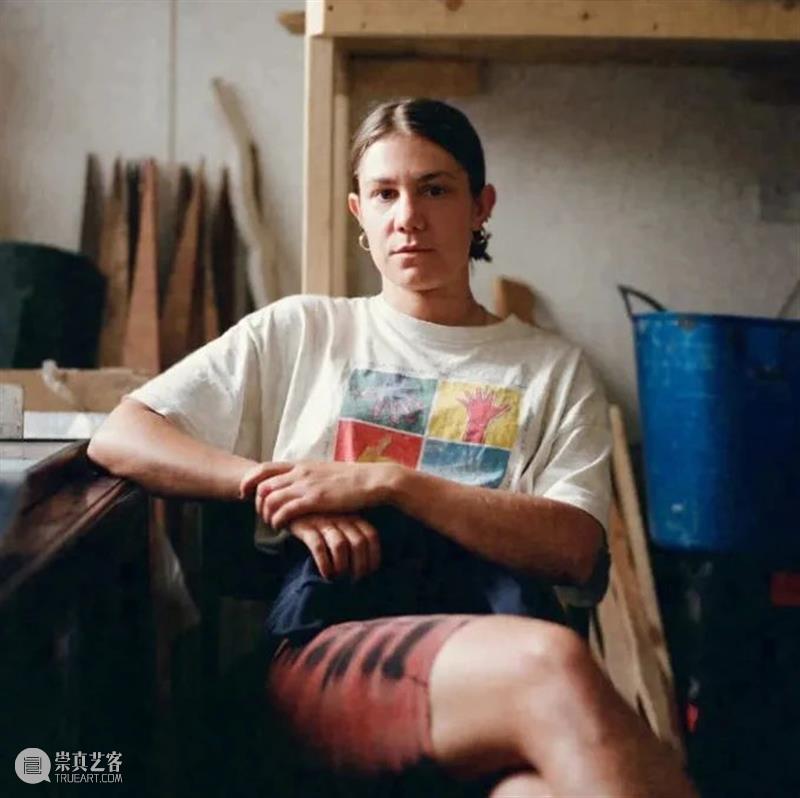
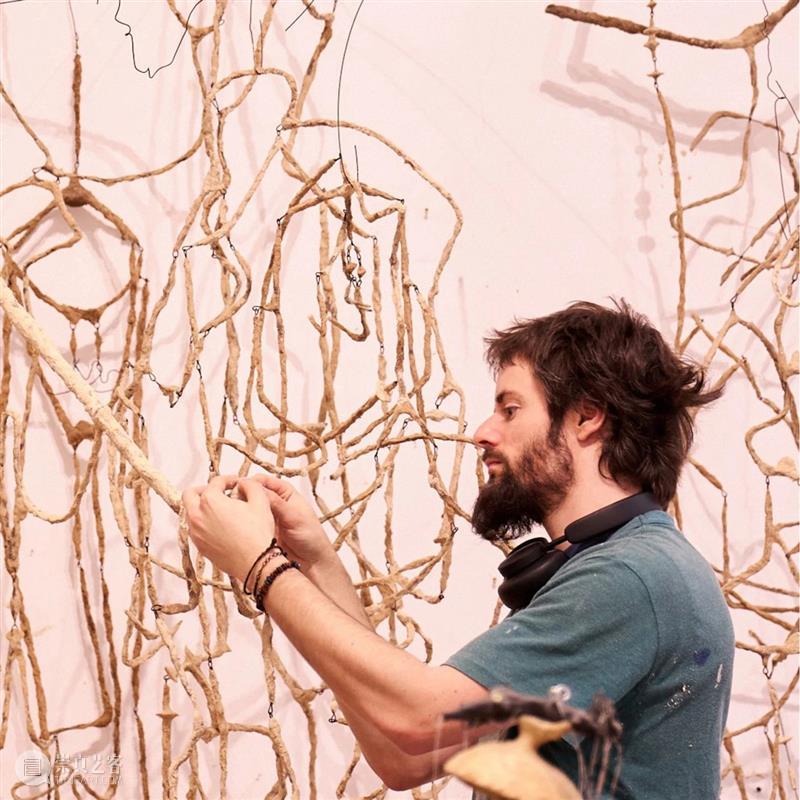
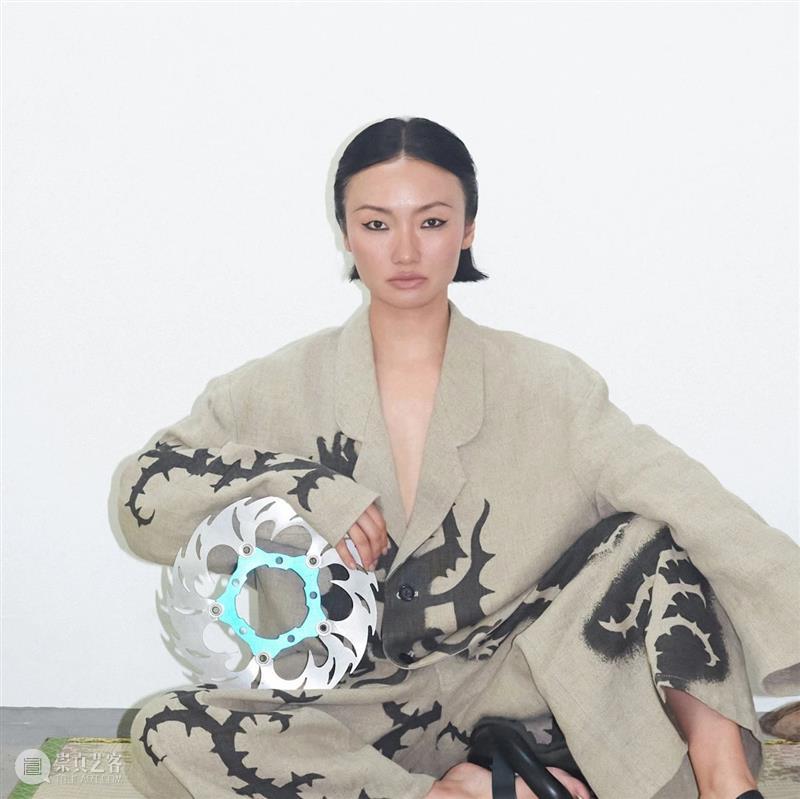
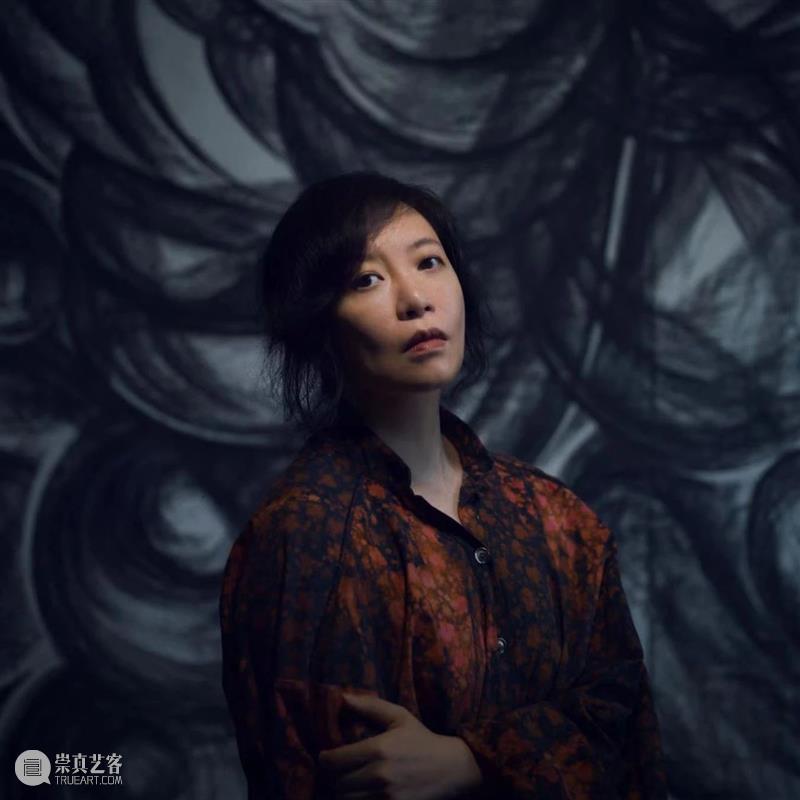
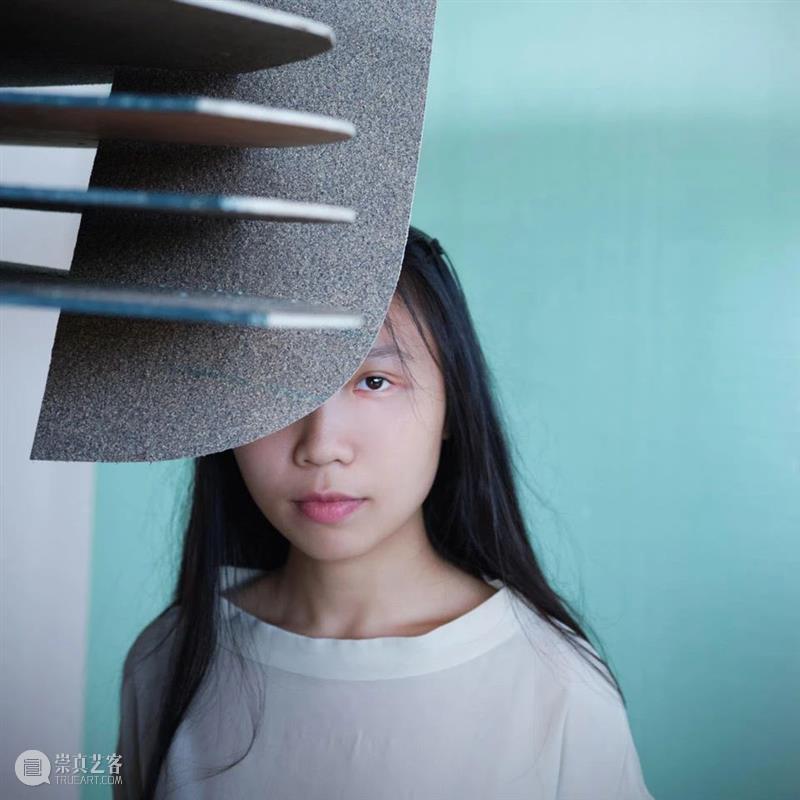





 分享
分享